
Lab Furniture
Laboratories often feature specialized equipment designed to make it easy for scientists as well as researchers to perform their work. One of the most common features in the laboratory is different types of furniture. Lab Furniture is designed using different types of materials to withstand the rigors of the lab environment, thanks to the numerous experiments. The overall style of the furniture in the laboratory is usually determined by the laboratory specialty. The most common lab furniture categories include laboratory benches, forensic cabinets, apparel dispensers, carts, chemical cabinets, drawers, and general cabinets.


Analysis of Different Types of Lab Furniture
Forensic furniture is used as a storage unit for evidence samples that are needed for forensic investigations. The furniture features various chambers as well as specialized compartments and systems such as ventilation units. Some compartments operate using electricity for evidence preservation. General cabinets are used for storing general lab equipment, needed to perform experiments. The equipment includes; magnifying lenses, beaker tongs, rubber stoppers, and tests. However, the design of general cabinets is often not as elaborate as that of forensic furniture.
Lab Furniture Materials
The high cost and versatile nature of various lab furniture, demands that the materials used in making these fixtures durable and adaptable. Although most of the furniture used in the lab can last more than 10 years, it is always important to choose the right furniture material when making an order. The surface choice is another critical factor to consider when purchasing furniture. This is the reason why quality factors such as chemical and bio-resistant surfaces have become very important. The most popular materials for lab fixtures include:
- Plastic laminate
- Metal
- Polypropylene
- Wood
- Phenolic resin
- Stainless steel
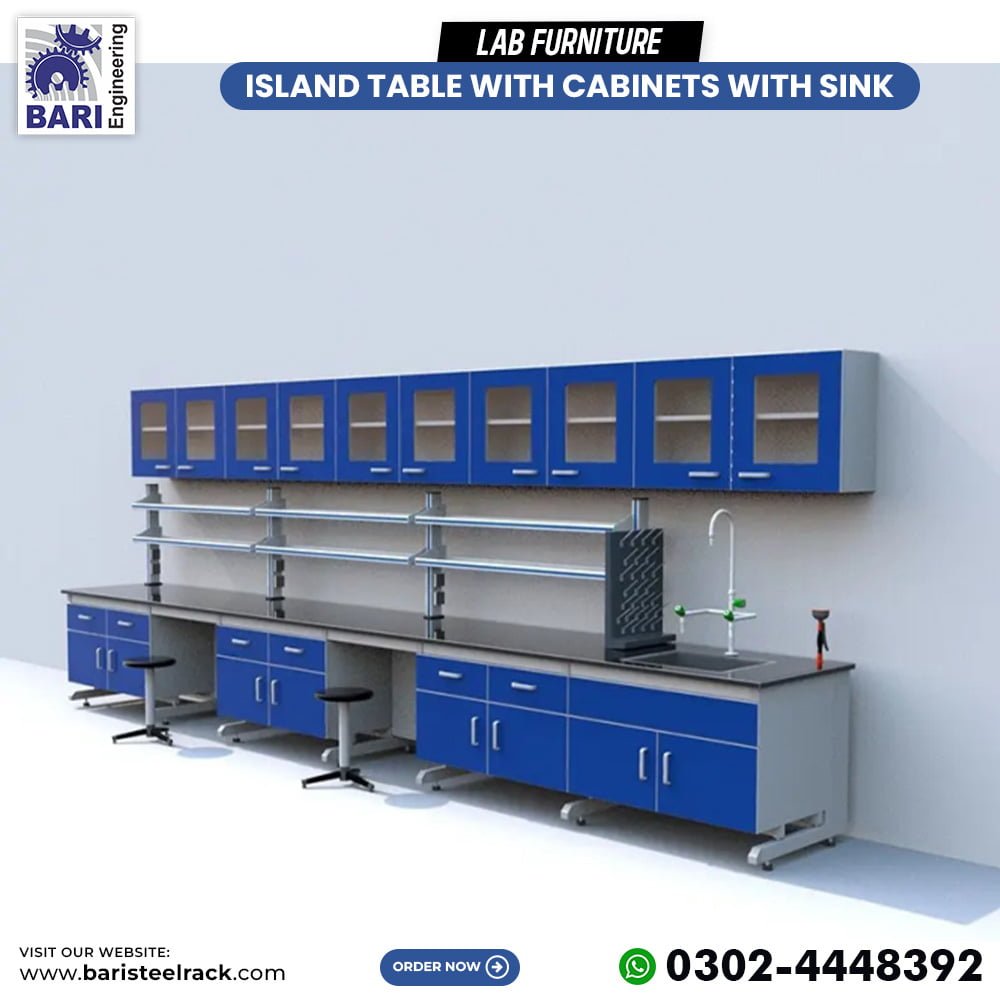


Furniture made from metal is usually much more expensive, but also sturdy and cost-effective because metals can withstand a lot of pressure. The plastic laminate material is a much better option if you are running on a low budget. The downside of plastic laminate material is its short lifespan. Because of its fragile nature, it is important to identify your plastic laminate furniture’s usage before making a purchase. Stainless steel is a very popular and durable lab furniture material. Despite the high cost, this material can easily withstand everyday wear and tear.
Advantages Of Lab Furniture
Let’s get right down to brass tacks. Lab environments can change quickly, and also companies may have to scale up or scale down depending on their changing needs.
By outfitting your labs with modular laboratory furniture, you can defer the investment of a full lab build-out and pay now only for what you need. This provides a budget-friendly way of developing your lab as you grow with the ability to plan for future growth.
Reconfiguration Options
As businesses grow, their lab processes may change or expand. Therefore, it is important that the furniture that you choose to invest in can grow with you. With modular furniture, your existing lab environment is already primed for expansion, as the pieces are designed to build upon each other as needed.
Modular laboratory furniture allows you to reconfigure existing lab space to support new laboratory functions or expand into larger facilities without the need to constantly start over with new furniture.
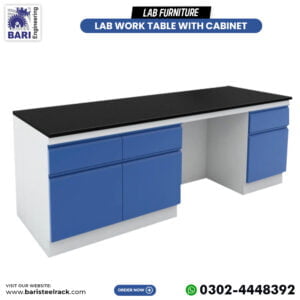
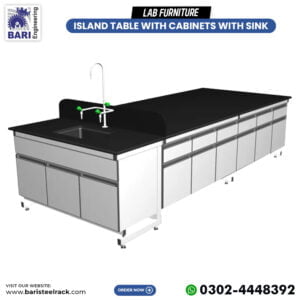
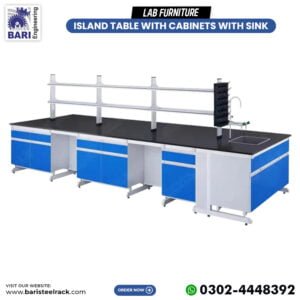
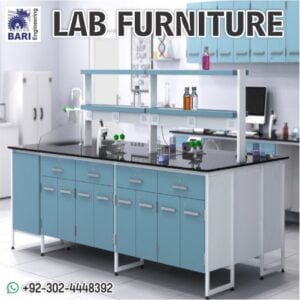



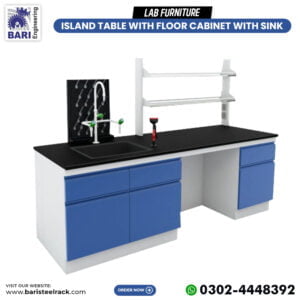

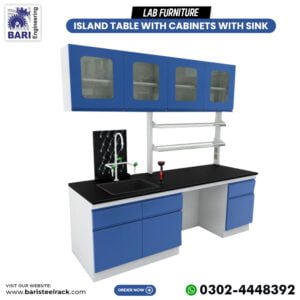
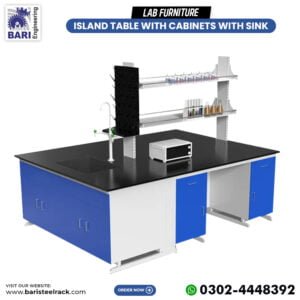


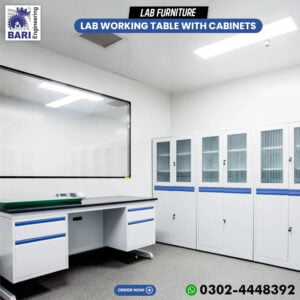

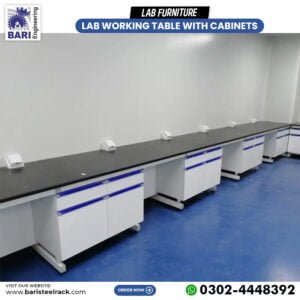







Total Adaptability to Meet Your Lab’s Needs
Many of your laboratory technicians will have specialized needs to complete their lab functions. If the furniture and equipment do not best meet their unique needs, their ability to complete their assigned tasks may be hindered or compromised.
Modular laboratory furniture allows you to completely customize each workstation to best support your technicians as they complete their tasks. Furthermore, you can add electrostatic discharge (ESD) protection, upgrade the work surface, and change the size of the modular lab furniture on the fly to create custom workspaces for each of your technicians.
Designed to Meet Safety Standards
In a laboratory environment, safety is always of the utmost importance. Modular lab furniture supports this adherence to complete safety by meeting the standards established in the industry.
Look for laboratory furniture that has been manufactured to rigorous standards by organizations such as SEFA and ANSI BIFMA. For furniture that includes electronic components, make sure those components carry a UL Listing.
Lab environments can use volatile chemicals also safety should be the highest priority.
Ergonomically Sound to Maximize Tech Productivity
Ergonomically designed lab furniture is built to keep technicians in comfortable also support positions to prevent repetitive stress injuries. When you equip your lab with ergonomically designed modular furniture, you help ensure the health and also wellness of your full roster of technicians.
By mindfully designing your lab to protect your staff, the ergonomic benefits of modular lab furniture will also ensure your technicians remain highly productive while working toward their work objectives.
Ergonomically designed furniture pieces allow employees to remain comfortable and focused on their work for much longer, and protected from fatigue and also soreness that might otherwise inhibit true work productivity day after day.
Equipping Your Lab with Modular Furniture
To enjoy the above benefits, you can simply integrate modular laboratory furniture into your workplace layout. Once you make the switch from traditional fixed laboratory furniture to modular lab furniture designs, you will effectively future-proof your laboratory, making additional changes and upgrades much easier than before.
